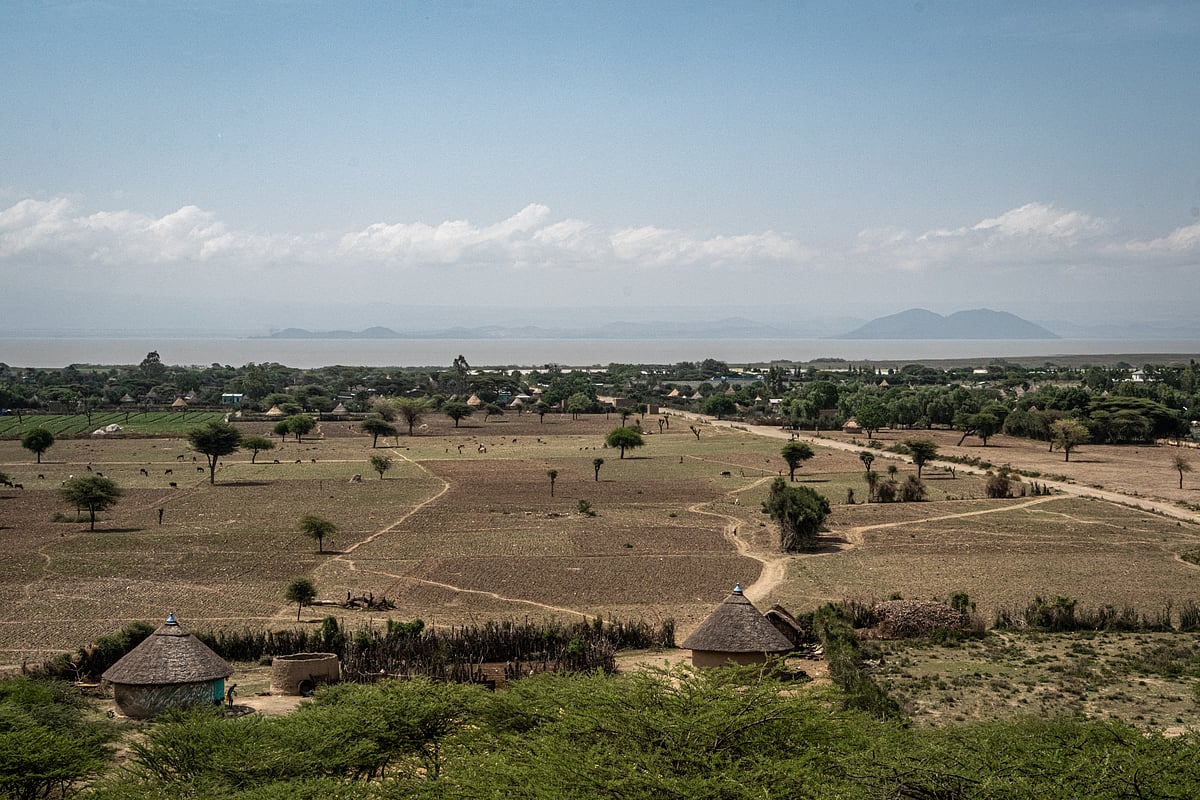Rift Valley Fever Outbreak in Senegal Claims 20 Lives
Senegal is grappling with a serious outbreak of Rift Valley fever, a viral disease that primarily affects animals but can also infect humans. The outbreak, which began in late September, has resulted in the deaths of 20 individuals, according to the country’s health ministry. The northern region, particularly Saint Louis, has been severely impacted.
Overview of the Outbreak
The Ministry of Health and Public Hygiene reported that out of 171 confirmed cases, 159 were concentrated in the Saint Louis area. The first laboratory confirmation of the disease in Senegal was recorded on September 20. Since the outbreak began, there have been 128 recoveries, but the exact number of livestock affected remains unreported.
Symptoms and Impact
Rift Valley fever presents flu-like symptoms in humans, including fever, muscle and joint pain, and headaches. In livestock, the disease is characterized by fever and bleeding. The outbreak’s toll on both human health and local livestock populations raises concerns about food security and economic stability in the region.
FAQs
What is Rift Valley fever?
Rift Valley fever is a viral disease that primarily affects livestock but can also infect humans, leading to symptoms such as fever and joint pain.
How is Rift Valley fever transmitted?
The disease is typically transmitted through mosquito bites, contact with infected animals, or consumption of contaminated animal products.
What measures are being taken to control the outbreak?
Health authorities are monitoring the situation closely, providing public health information, and implementing measures to prevent further spread, although specific actions regarding livestock have not been detailed.
Conclusion
The Rift Valley fever outbreak in Senegal has resulted in significant health challenges, with 20 fatalities reported. As the situation develops, health authorities are focused on managing the outbreak and mitigating its impact on both human and animal populations. Continued monitoring and public health initiatives will be crucial in addressing this crisis.
Rift Valley fever is endemic to various regions in Africa, particularly in areas where livestock farming is prevalent. The disease is often associated with heavy rainfall and flooding, which create favorable conditions for the mosquitoes that transmit the virus. Senegal’s current outbreak follows a pattern observed in previous years, where similar climatic conditions have led to increased incidences of the disease. The country’s agricultural sector, heavily reliant on livestock, faces heightened risks as the outbreak threatens both animal health and the livelihoods of farmers.
In addition to the immediate health risks posed by the outbreak, there are broader implications for public health infrastructure and response capabilities in Senegal. The health ministry’s ability to manage the outbreak effectively will depend on the availability of resources, including medical supplies, healthcare personnel, and public awareness campaigns. The government may need to collaborate with international health organizations to bolster its response efforts, particularly in rural areas where access to healthcare is limited.
The economic impact of the outbreak could be significant, as livestock is a critical component of the local economy. Farmers may face losses due to the death of infected animals, which can lead to reduced income and food shortages. Additionally, the fear of transmission may deter consumers from purchasing livestock products, further exacerbating the economic strain on farmers. The situation underscores the importance of implementing preventive measures, such as vaccination programs for livestock and public health education to inform communities about the risks associated with the disease.
As the outbreak continues to unfold, it will be essential for health authorities to maintain transparent communication with the public regarding the status of the outbreak and the measures being taken to control it. This includes providing updates on the number of cases, recovery rates, and any changes in health guidelines. Engaging local communities in prevention efforts can also enhance the effectiveness of response strategies, as community involvement is crucial in managing outbreaks of zoonotic diseases like Rift Valley fever.
Also Read:
Corruption in the Philippines: Current Insights and Impact







